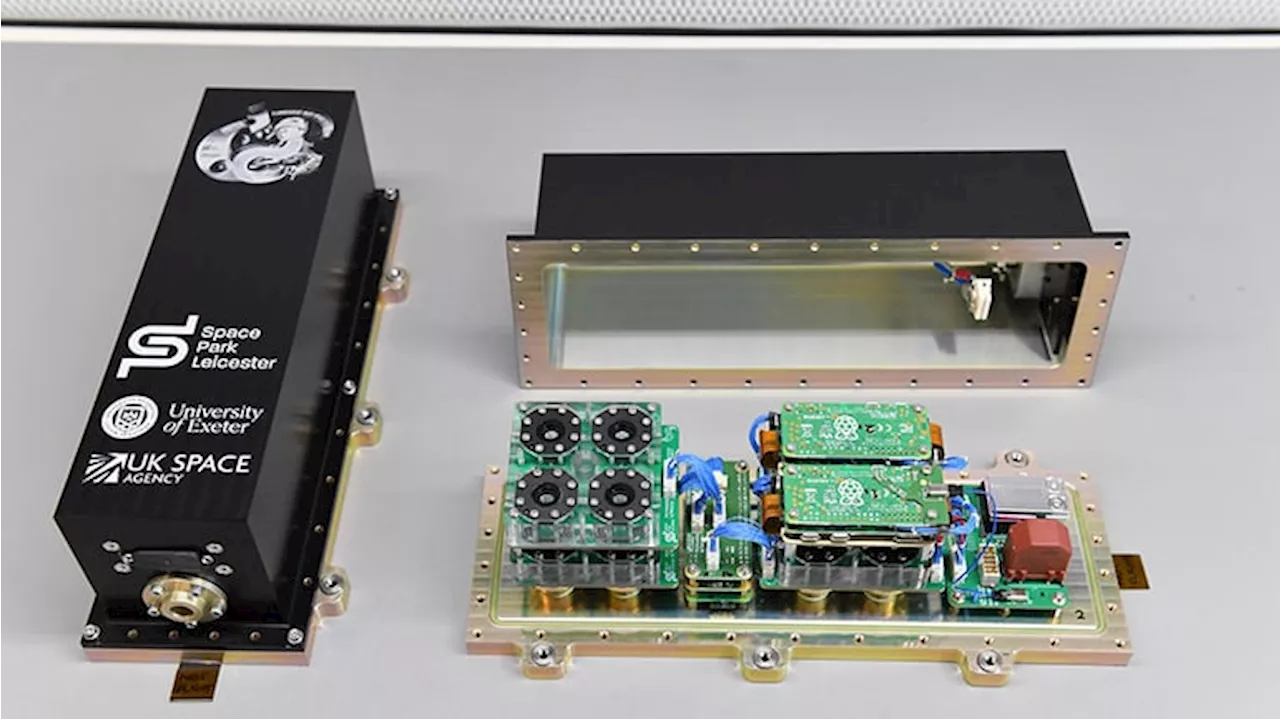As concerns rise over a rapidly approaching space object dubbed 3I/ATLAS, Florida Congresswoman Anna Paulina Luna has called on NASA to disclose critical data and imagery related to this interstellar visitor. The object, which is estimated to be the size of Manhattan, has reportedly accelerated unexpectedly, prompting a demand for transparency to enhance public understanding of potential extraterrestrial phenomena.
In a post on X, Congresswoman Luna emphasized the urgency of her request, stating, “I write to request the release of specific observational data related to 3I/ATLAS, recently captured by NASA missions. This information is of great importance to advancing our understanding of interstellar visitors and their interaction with our solar system.” She specifically requested images taken by the HiRISE camera aboard the Mars Reconnaissance Orbiter during the period of October 2 and 3, 2025. Additionally, Luna asked for supplementary data from the Mars Orbiter, the Perseverance Rover, and other Mars missions that might have registered unusual activity around the same time the object passed within approximately 30 million kilometers (18.6 million miles) of the planet.
Experts have noted that 3I/ATLAS, which is approximately 12 miles in diameter, has picked up speed, increasing from 130,000 mph to 152,000 mph. This acceleration raises questions, as it appears to be driven by an “extra kick” that cannot be fully explained by the sun’s gravitational influence. Traditionally, the sun’s gravity governs the predictable motions of celestial bodies, making this deviation particularly perplexing to scientists.
While NASA attributes the increase in speed primarily to solar gravity, the exact cause remains unclear. Most experts contend that 3I/ATLAS is a comet that has traveled from another star over billions of years. Yet, theoretical physicist Avi Loeb has posited an alternative theory, suggesting that the object could be an “extraterrestrial artifact” poised for first contact. He argues that its distinctive blue hue and accelerated motion might indicate artificial origins.
Should 3I/ATLAS turn out to be a standard comet, the sun’s heat would typically cause it to release gas jets, altering its trajectory. However, according to Professor Loeb, astronomers have yet to observe sufficient gaseous emissions to confirm its classification as a comet. With just six weeks remaining until the object reaches its closest point to Earth, he warns that a lack of detectable gas clouds could imply that the recent speed increase is powered by an extraterrestrial rocket engine.
This situation highlights the growing intersection of space exploration and public curiosity about potential extraterrestrial life. As scientists and lawmakers alike seek answers, the call for transparency from NASA underscores an increasing demand for clarity in understanding our universe and its many mysteries.







